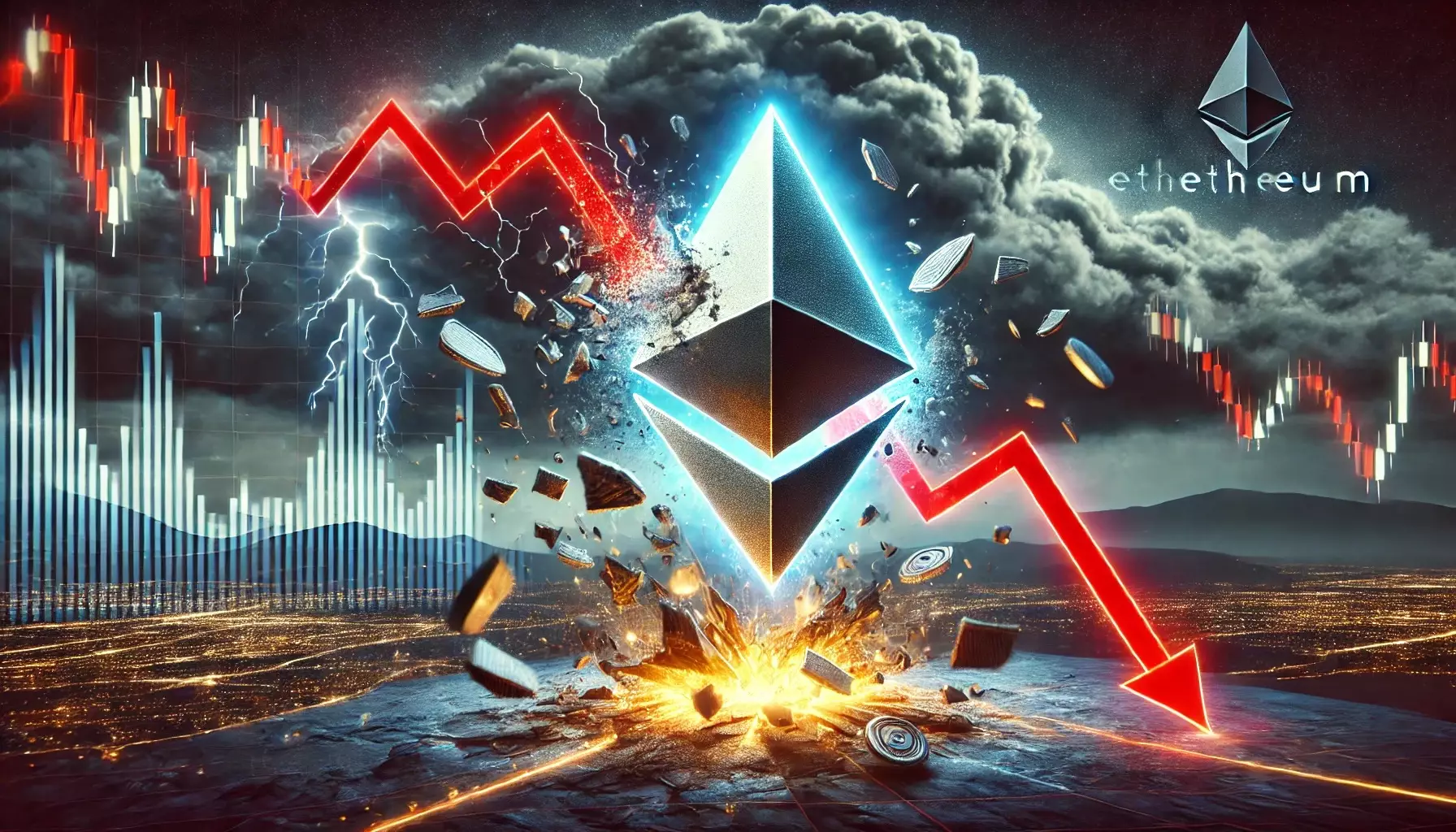Ethereum (ETH), once a beacon of optimism in the crypto world, has recently found itself caught in a storm of bearish sentiment. This shift, primarily attributed to volatile price movements, has raised concerns regarding the network’s vitality and the confidence of its investors. A glaring indicator of this market sentiment is the drastic decline in active addresses on the Ethereum network, which plummeted by an alarming 43%. This significant drop is a clear reflection of waning user engagement and a lack of fresh interest, leading many analysts to speculate on the network’s future viability.
The metrics from The Block demonstrate an erratic pattern in Ethereum’s network activity over recent months. For instance, the number of newly active addresses recently peaked at 138,620 on June 27 but subsequently nosedived to around 89,000 in early July. This decline exemplifies an underlying instability within the ecosystem. August saw some fluctuations, with numbers oscillating between 80,000 and 95,000, before a brief uptick above 100,000 at month’s end. However, the reality faced by Ethereum in late September was sobering, as new addresses sank to a disheartening low of approximately 78,100, signaling an overall decline of 23.43%.
When assessing Ethereum’s network health, active address counts serve as critical indicators. In contrast to the June 9 peak of 702,857 active addresses, the figures have since witnessed an unsettling drop, reflecting a 5.69% decrease. Perhaps more troubling is the drastic fall to 574,073 active addresses recorded on September 22, representing an 18.32% decline from the earlier high. Such numbers do not merely reflect user disengagement; they can have ripple effects throughout the entire Ethereum network, reducing transaction volume and overall activity.
Data from IntoTheBlock further amplifies these concerns, illustrating the substantial downturn in large transactions on the network. The volume of significant transactions peaked at 2.91 million on July 5 but dwindled to 1.79 million by September 29—a staggering decrease of approximately 38.4%. This trajectory underscores the decreasing confidence and participation from larger investors, which can be detrimental to Ethereum’s marketplace.
Despite the current bearish indicators, market intelligence platform Santiment has noted a glimmer of hope, suggesting a nascent recovery in Ethereum’s network activity. However, this uptick comes at a steep cost, as gas fees have surged concurrently, putting additional pressure on users and investors alike. Increased fees can deter participation, making it more difficult for average users to engage with the network.
Another critical point of competition is Ethereum’s position in the decentralized exchange (DEX) market, which has seen volatility of its own. On September 25, Ethereum relinquished its title as the leading cryptocurrency by DEX volume to Solana (SOL), which experienced a remarkable 39.77% increase, reaching approximately $1.123 billion. In contrast, Ethereum managed a relatively modest 8.92% increase, ending just shy at around $1.118 billion. Although Ethereum has since rebounded, reclaiming its position with a current DEX volume at $1.559 billion following an 11% increase, the competition is fierce, and the market is ever-evolving.
As Ethereum navigates the complexities of an increasingly competitive market, a cautious approach seems prudent. The substantial decline in active addresses and large transaction volume indicates deeper issues that may not be easily resolved. The recent signs of recovery, coupled with rising gas fees, reveal a precarious balance where user participation is critical for sustained growth.
Overall, as we analyze the current state of Ethereum, it becomes clear that navigating these fluctuating market dynamics requires vigilance. Investors and users alike must remain informed and adaptable in response to both internal shifts within the Ethereum ecosystem and external competitive pressures. In this landscape, the ability of Ethereum to innovate and adapt will likely determine its long-term success and relevance in the cryptocurrency realm.

